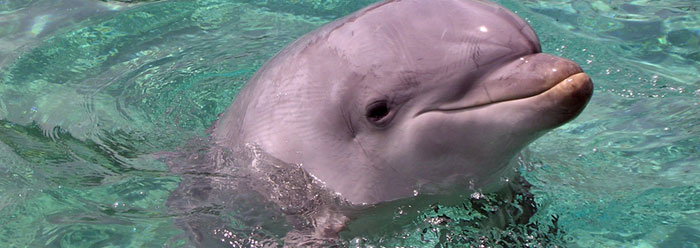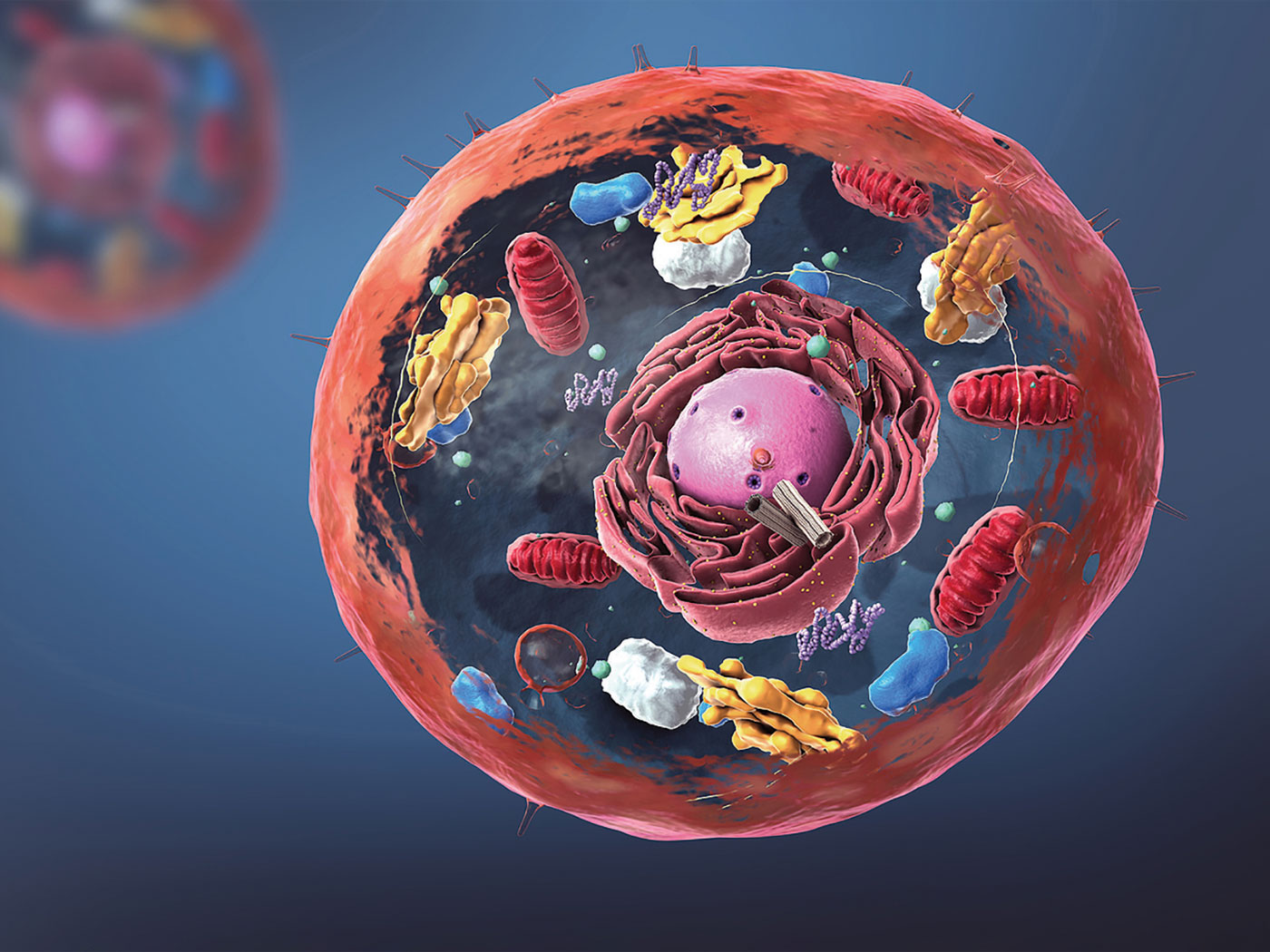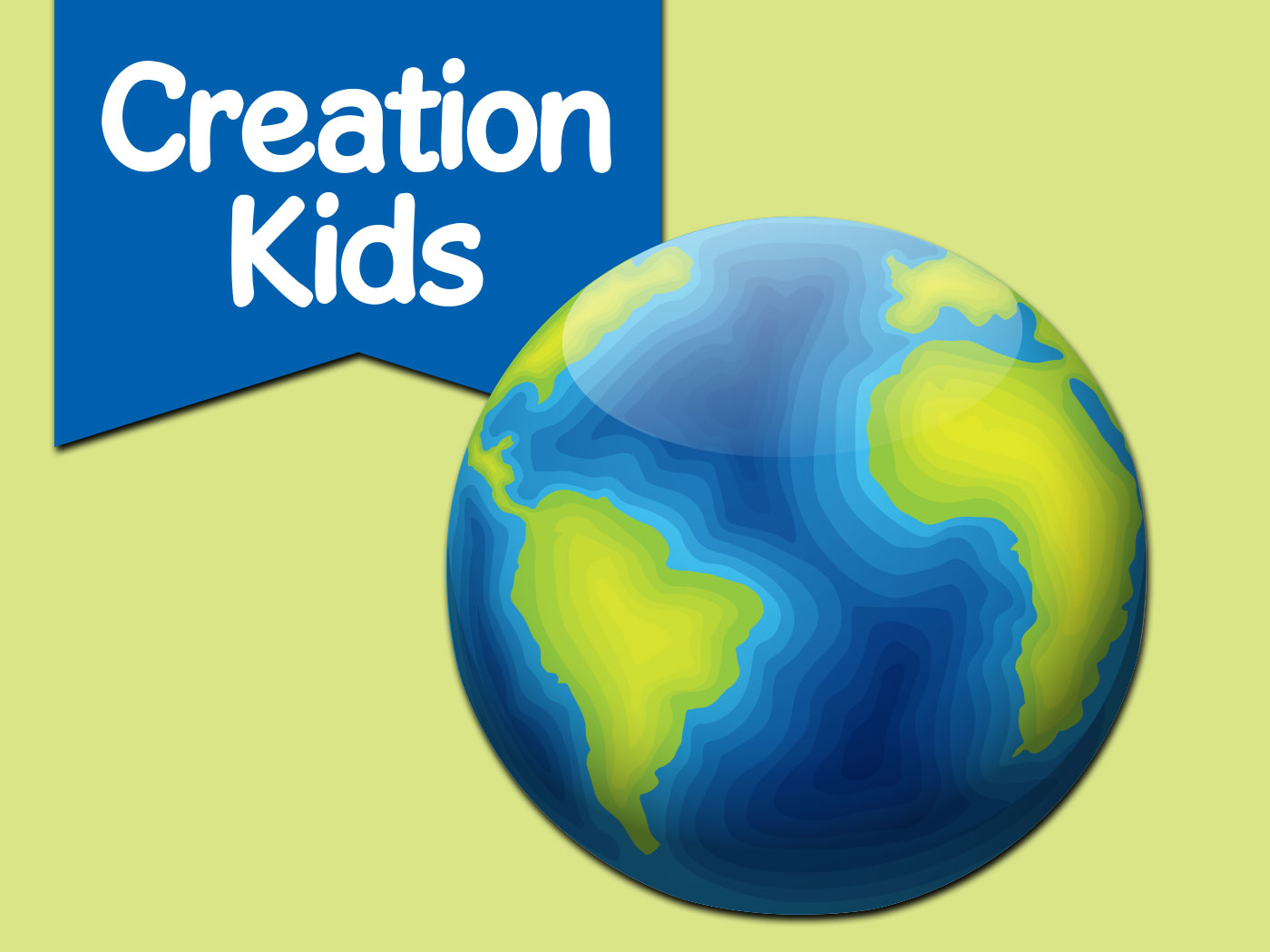What happens when two dolphins rapidly swim toward the same piece of food? Without some avoidance feature, bottlenose dolphins would become "bashed-nose" dolphins, or worse.
Fortunately, dolphins do have a solution--specialized communication. Where did this capability come from?
Researchers from the Italian Institute for Research on Bottlenose Dolphins in Sardinia, Italy, have compiled the most comprehensive analysis of dolphin-talk to date, publishing their study in the technical book Dolphins: Anatomy, Behavior and Threats.1
While whistles had been thought to be the main method of dolphin vocalization, the new findings show that an even more important set of sounds are "burst-pulsed." The complexity of these more subtle signals shows clearly "our lack of understanding about the communication of these marine mammals."1
When multiple dolphins are approaching the same food source, complicated communication using burst-pulsed sounds ensures that the dominant dolphin receives the right of way and gets the food without collision. This has been called "diplomacy," since it allows these marine mammals to avoid physical conflict.1 This research may benefit the ongoing extension of the realm of biomimetics from copying physical designs found throughout creation to copying immaterial designs, like traffic flow algorithms,2 travel routes,3 and now perhaps interpersonal communication skills.
Remarkably, the researchers also found that these signals are focused communiqués from one individual dolphin to another specific individual, unlike human vocalizations, which can be heard by anyone nearby.
Rather than being the result of a series of evolutionary transitions over deep time, dolphins are only known in their present, fully equipped state, complete with sonar sending and receiving equipment integrated into its streamlined body,4 lubricated skin,5 and instinctual capacities to understand exactly what they are saying to one another and why. Surely, an all-wise Creator deserves credit for the fantastic feats that dolphins achieve.
References
- Los delfines dialogan con diplomacia. Servicios de Informacion y Noticias Cientificas press release, June 7, 2010. Translated in Dolphins Use Diplomacy in Their Communication, Biologists Find. ScienceDaily. Posted on sciencedaily.com June 9, 2010, accessed June 9, 2010, reporting on research published in Diaz Lopez, B. and A. Bernal Shirai. 2009. Mediterranean common bottlenose dolphin’s communication repertoire and use. In Dolphins: Anatomy, Behavior and Threats. Pearce, A. G. and L. M. Correa, eds. Hauppauge, NY: Nova Science Publishers, 129-148.
- Thomas, B. Ant Algorithms Argue Against Evolutionary Origins. ICR News. Posted on icr.org February 17, 2009, accessed June 9, 2010.
- Thomas, B. Slime Networks Are Better Organized than Railway Systems. ICR News. Posted on icr.org January 29, 2010, accessed June 9, 2010.
- Thomas, B. Dolphin DNA Reflects Bat Echolocation. ICR News. Posted on icr.org February 25, 2010, accessed June 9, 2010.
- Thomas, B. New Hull Technology a Slick Design Copy. ICR News. Posted on icr.org October 20, 2009, accessed June 9, 2010.
* Mr. Thomas is Science Writer at the Institute for Creation Research.
Article posted on June 16, 2010.




















